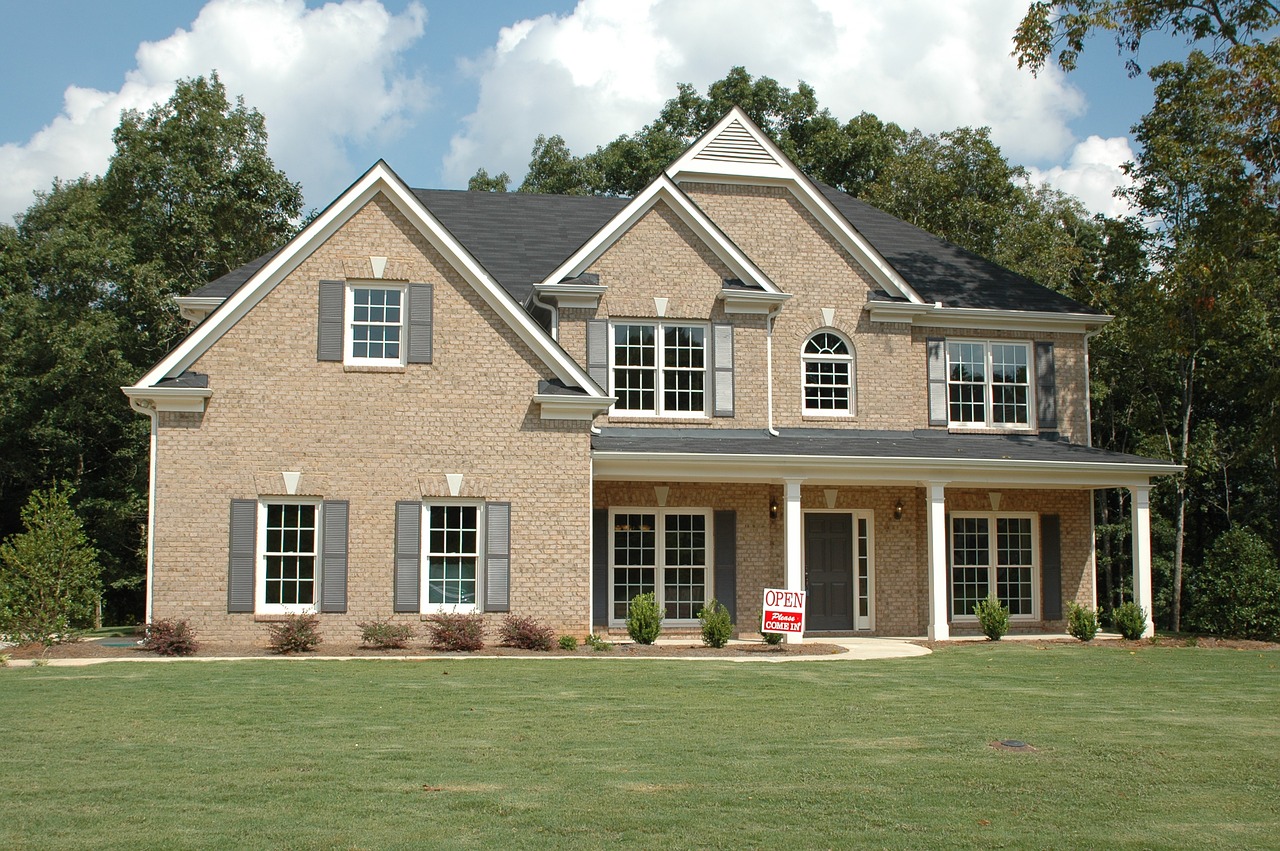Personal Injuries a Persistent Concern for Professional Roofers
2020.11.15
While roofing is a lucrative trade, it also comes with hazards. Threats from falls are just one of the many things that can seriously injure or kill a worker. A personal injury of that magnitude will almost surely lead to a major lawsuit which could potentially bankrupt a roofing company, or at the very least, cause it to lose its insurance bonding and threaten its worker compensation capabilities.

That is precisely why commercial and residential roofers must take extra precautions prior to beginning a roofing job. According to a recent article, roofs by their nature are dangerous. They often slope making solid footing a precarious proposition even under the best circumstances. Flat, gravel covered commercial roofs provide for uneven footing. For these reasons roofers must exercise extreme caution when working on new construction and/or repairs.
Owners of roofing contracting companies should educate themselves as to the pitfalls of an unsafe working environment. They should not only consult with their insurance agents about what types of personal injury insurance they must carry, but also consult with a reputable personal injury attorney to find out what might constitute a personal injury lawsuit should one of their workers get hurt. Says one prominent Detroit personal injury attorney, Sommers Schwartz, construction work is by its very nature, dangerous. Employing more than 5 million people, it is one of the most perilous industries which also includes, electricians, masons, excavators, carpenters, and more. Many of these construction workers move around from job to job or even state to state where safety standards often change. A good portion of these 5 million are hurt or even killed on an annual basis, and almost all will enter into a personal injury lawsuit to compensate them for their financial losses. It is the kind of thing that can keep the owner of a roofing company up at night.
So how can a roofing contractor avoid personal injury lawsuits? The simplest way is to follow as many safety practices as possible and to avoid the following:
1. Personal Injuries for Roofers Due to Excessive Heat
Roofers working under a hot sun, especially in the summer or in hot climates, are not only exposed to the sun for many hours at a time, but the roof will reflect the severe heat. Sunstroke and dehydration are a constant personal injury worry for roofing contractors.
2. Personal Injuries for Roofers Due to Slippery Conditions
Roofers who work in bad weather such as rain, snow, or ice storms taking grave risks just for the sake of meeting deadlines. As a roofer, you should be required to wear correct footwear in order to avoid slipping and falling. A personal injury lawsuit resulting from a fall can cost a roofing contractor millions in damages.
3. Personal Injuries for Roofers Resulting from Ladders
Ladders that are not properly secured to the building exterior can lead to falls and/or death. If buildings, especially commercial buildings, do not have interior access to the roof, ladders must be employed for workers to gain access. Whenever a ladder is involved, personal injury is always a great risk.
4. Personal Injury for Roofers from Vents and Ductwork
Roofers not only need to worry about ladders, the sun, and slipping, but they need to worry about sustaining a personal injury from exposed vents, pipes, ductwork, snow guards, and other obstructions which can cause a fall.
5. Personal Injury for Roofers from Trees Branches and Exposed Electrical Wires
Roofers who wish to avoid personal injury need to avoid low hanging tree branches. They also need to avoid all electrical wires that might be hanging and/or extended over a rooftop. Roofers not only risk stumbling and falling, they also can expose themselves to electrocution.
It bears repeating, roofing contractors who wish to avoid personal injury lawsuits should maintain safe working conditions. This means maintaining a clean working environment free of loose debris, insisting workers wear proper footwear, providing all workers with safety harnesses plus safety glasses and hardhats. Ladders must be secured to building exteriors. Working during extreme weather conditions, be it heavy rain, electrical storms, and/or snow and ice storms must be avoided.
The roofing trade can be a financially rewarding, but it remains a hazardous business. If you wish to become a successful roofing contractor, free of financially damaging personal injury lawsuits, it is best to contact your insurer for a list of National Roofing Contractor Association (NRCA) safety guidelines, as well as Occupational Safety and Hazard Authority (OSHA) rules and regulations. It is also important that you make contact with a personal injury attorney to learn the conditions under which you and/or your client can be sued should the worst happen, and a worker experiences a traumatic personal injury, like falling off a roof.
More Articles
Copyright © Fooyoh.com All rights reserved.